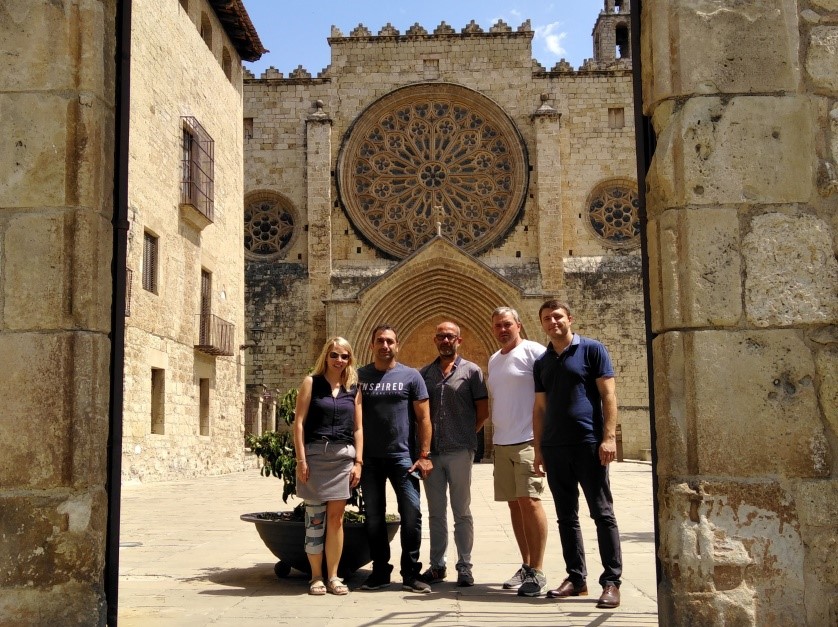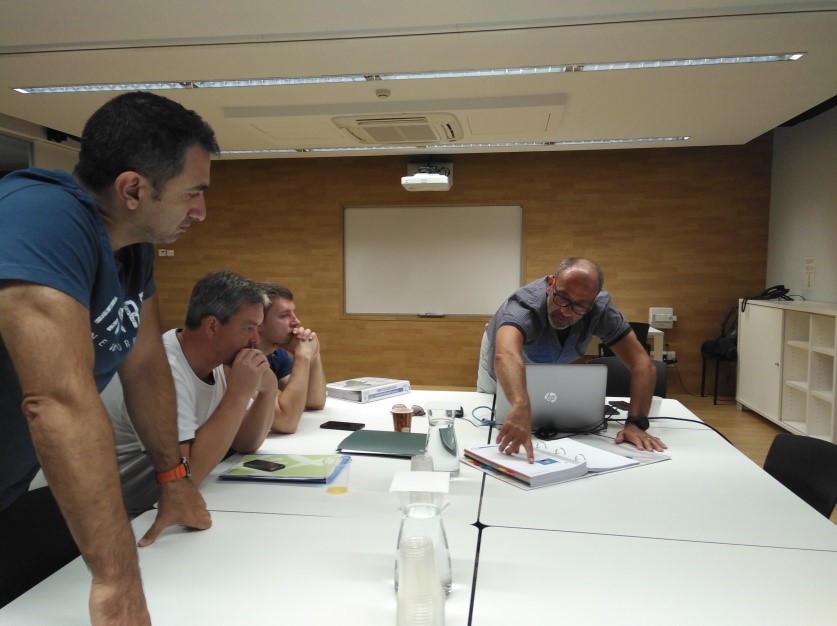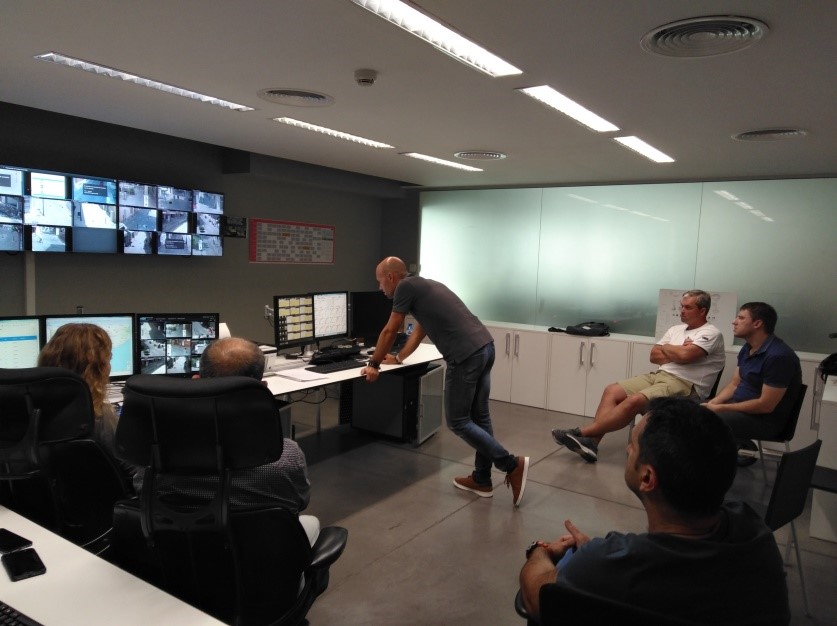The municipality Sant Cugat del Vallès is mentoring in PROSPECT Learning Cycle 3
Author: Anja Gahleitner (Facilitator Prospect)
In the context of a four step learning programme offered by the Prospect project, the mentor the municipality of Sant Cugat del Vallès is sharing its expertise on financing and implementing successful projects in street lighting (but also in public buildings) with the mentees the Kremenchuk Development Institute of the Kramatorsk City Council (Ukraine), the Kramatorsk City Council (Ukraine) and the Municipality of Thiva (Greece). This constitutes the 3rd Group for Public Lighting in PROSPECT Learning Cycle 3.+Mentors' Corner
During Step 1, an online session took place on the 13th of June 2019, where Mentor representatives presented the project Smart Public Lighting in Sant Cugat related to PPP financing scheme for public lighting.
During Step 2, a second online session took place on the 2nd of July 2019 and Mentee representatives had the opportunity to present their own projects, pointing out their special needs as well as the respective sectors in which they intended to gain knowledge and experience.
The Mentees visited Sant Cugat del Vallès in Catalonia to learn about best practices for Public Lighting
During Step 3 of the Learning Programme, a two-day site visit was organised on the 5th and the 6th of August 2019, in Sant Cugat del Vallès. The main objective was to deepen the mentees’ know-how of smart and energy efficient street lighting refurbishment projects, energy efficient measures in public buildings and the financing scheme used in Sant Cugat del Vallès.

Image: Anja Gahleitner from ESV (Upper Austria); George Palogos from the Municipality of Thiva (Greece), Víctor Martínez del Rey from the Municipality Sant cugat del Vallès (Catalonia), Vadym Gridasov from the Kramatorsk City Council (Ukraine), Pavlo Bedratskiy from the Kremenchuk Development Institute (Ukraine)
In 2006 the Ajuntament de Sant Cugat approved its Master Plan of street lighting, with the aim to minimize the energy consumption, to improve the efficiency, to define functional parameters according to zones, to minimize the light pollution and to fit the lighting to the new norms. More than 12 million Euros were invested and 7,900 tons of CO2 have been avoided. Most of the bulbs were removed and updated to new technologies like LED or others more efficient. Besides lamps and post lamps were changed in order to guarantee the safety of the installation as well as to reduce the light pollution. By implementing the reduction of the energy consumption was around 35% and of the light pollution was around 70%.

During the two days the mentor Victor Martínez gave an insight how to head to a smart and efficient street lighting. The first steps in preparing a master plan were explained as well as tender specifications, legal constraints, and the financial scheme of EPC. As the mentees were not only interested in street lighting but also in public buildings both topics have been covered.

Control room of street lighting Sant Cugat
Participants benefited from sharing internal know-how (among each other and with the mentor) as well as from external inputs provided by the mentor.
Quotes from some of the Mentees

Replication/Transferability
The 4th and last step of the Programme took place on the 5th of December 2019 and included an online session dedicated to the assessment and evaluation of the peer learning activities.
Detailed action plans were submitted by the mentees, in light of the new-acquired knowledge gained from the mentor. Conditions for success and key parameters that could affect negatively the plans were also identified, along with a benchmark survey that encapsulated all the outcomes of the learning group.
Rethinking the financing scheme:
Main impressions and understanding about the financing scheme:
The possibility of obtaining additional external financing for the project.
A private investor performs thermal modernization of the building by
financing it from his own funds
ESCO is a tool to finance and manage an energy efficiency project
Key project implementation drivers:
The company makes a profit from savings on utility bills.
The company receives profit from the savings achieved on utility bills.
Using ESCO scheme in street lighting can allows city to obtain additional funds (investment) in development of city’s infrastructure.
Key project implementation barriers:
Long payback period. During this time, money devalued, and investment attractiveness of such projects may be questionable.
Absence of qualified ESCOs on the internal market, absence of experience and accepted procedure for calculation of baseline consumption and low level of trust from municipalities to financing scheme
Key steps to set up or develop the financing scheme:
- determination of the list of objects and the basic level of energy consumption
- the tendering process.
- conclusion of an agreement with the winner
- carrying out activities for energy service
- measurement of the level of achieved economy and payments under the contract
- completion of the contract

